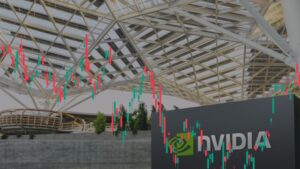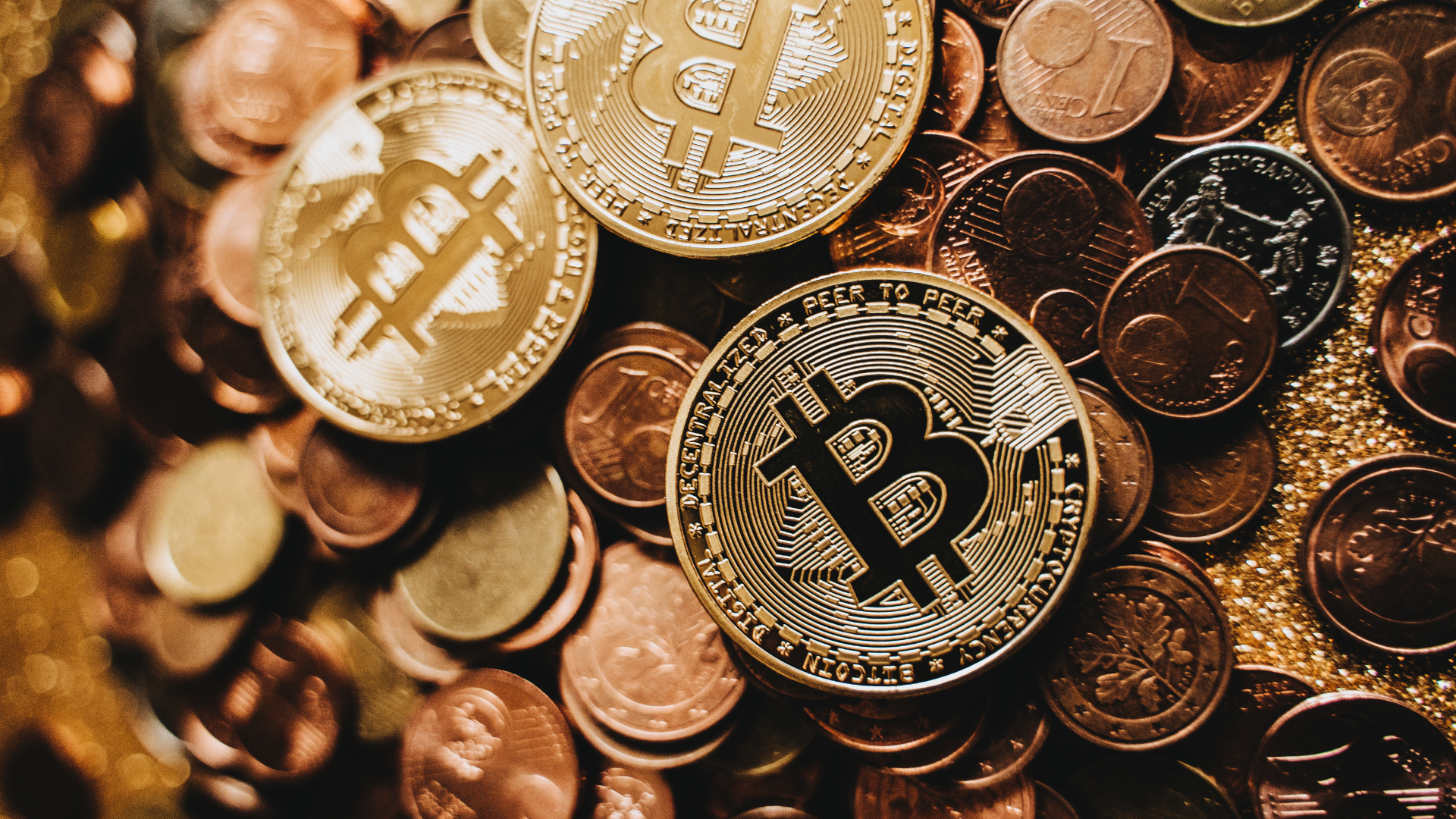Bitcoin’s recent momentum has stalled, with the cryptocurrency underperforming traditional assets like gold and the S&P 500, both of which have surged to new all-time highs. While risk appetite remains strong across markets, Bitcoin’s inability to keep pace suggests shifting investor preferences and near-term resistance for the crypto sector.
Gold’s rally has been fueled by safe-haven demand and expectations of Federal Reserve rate cuts, making it a preferred store of value amid economic uncertainty. At the same time, the S&P 500’s record-breaking run reflects optimism around corporate earnings and resilient economic growth, attracting capital that might have otherwise flowed into Bitcoin.
Despite recent institutional adoption and ETF inflows, Bitcoin’s price action has struggled to break key resistance levels, leading some analysts to speculate that profit-taking and shifting macro narratives are weighing on sentiment. Additionally, with central banks signaling a patient approach to monetary easing, speculative assets like Bitcoin may be facing headwinds compared to traditional financial markets.
The crypto market has also seen reduced volatility and liquidity, contributing to Bitcoin’s sluggish performance relative to other major assets. While long-term bulls remain optimistic about Bitcoin’s role as a hedge against inflation and financial instability, short-term price action suggests investors are temporarily favoring assets with stronger momentum.
For Bitcoin to regain its edge, analysts say it may need a fresh catalyst, whether in the form of regulatory clarity, institutional accumulation, or a shift in macroeconomic conditions that make risk assets more attractive. Until then, the crypto market appears to be taking a backseat to traditional asset classes that are currently driving investor confidence.
With Bitcoin lagging behind while gold and equities soar, traders will be watching closely to see whether crypto can reclaim its leadership position or if the current underperformance signals a longer consolidation phase.
















